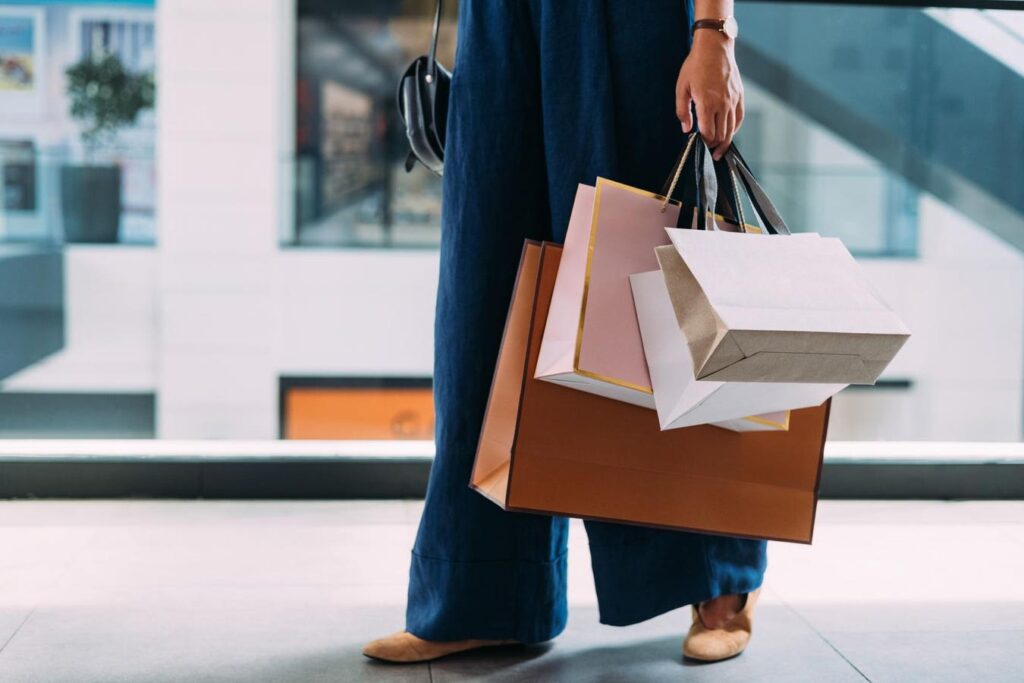I have completed a no-buy challenge several times. A no-buy challenge is choosing a specific category and timeframe and resolving not to purchase these items. My challenges have included clothing, personal care items, and even groceries.
The Clothing Challenge: Breaking The Cycle Of Consumption
Each challenge helped us save money, waste less, and get organized. The first no-buy challenge I experimented with was clothing. This was an area of our budget we wanted to reduce. We ran the numbers for the past year and found I was spending $500-$750 each quarter. And yet my closet was always full.
Twice a year, I switched out the clothes for the seasons and donated items I didn’t wear. Americans throw away 81.5 pounds of clothing per person every year. What if instead, I spent 6 months not shopping and wearing only the clothing I already owned?
I started the challenge in January. I told my husband and a close friend about my plan. They kept me accountable. I borrowed a dress, cowboy boots, and a hat for a wedding in March. By summer, I was so used to not shopping that six months felt easy. In the process, I wore more of my wardrobe than ever before. I found pieces buried in the back I had forgotten about.
At the six-month mark, I decided to keep going. In August of that year, on vacation, a purple sundress caught my eye. I had gone almost nine months without buying a single item not even shoes. I gave myself permission to end the no-buy challenge with this impulse purchase.
I remember liking the dress when I tried it on but I did not love it. And I should have stopped right there. Typically, you will be the most enamored with an item in the dressing room. The lighting is better and the mirrors are too. Bringing something home you think you will learn to love is always a mistake. Roughly a year later, I donated that dress.
The Hidden Benefits Of A No-Buy Challenge
During my 9-month clothing freeze, I saved at least $2,000 by not shopping. This money went directly into our savings instead. At first I would see advertisements for items I wanted to buy and it was hard to break the shopping dopamine cycle. I had to reinforce a new habit, not shopping.
Since the no-buy challenge, I am more mindful of my consumption. No more quarterly shopping sprees with my personal shopper at my favorite store. I am intentional about each item I add to my closet which has permanently reduced impulse buys. It also created an organized space filled with things I want to wear and increased margin that makes putting away laundry easy.
The purple dress incident taught me to recognize the difference between liking something and needing it. Now I ask myself, “Will this item complement and improve my wardrobe for years to come?” By experimenting with less and wearing only my existing clothes, I shifted items from rarely worn to a key part of my everyday wardrobe. And it would not have happened without the no-buy challenge.
When I started buying items again, I had clear criteria: high quality, colors I love, and alignment with my existing wardrobe. Finally, the success of this no-buy challenge had a ripple effect on other spending categories. We’ve done challenges with groceries, dining out, and personal care to reduce our spending. A no-buy challenge is the fastest and easiest way to stop excess spending and create discipline around categories where you routinely exceed your budget.
Read the full article here

